Introduction:
The backing of a mirror plays a crucial role in protecting the reflective surface and providing stability. Over time, the backing can deteriorate or become damaged, requiring a replacement. When selecting a material for mirror backing, it is important to consider factors such as durability, moisture resistance, ease of installation, and compatibility with the mirror frame. In this guide, we will explore various options for mirror backing, including traditional and alternative materials. By understanding the characteristics and benefits of different backing materials, you can choose the most suitable option for your mirror.
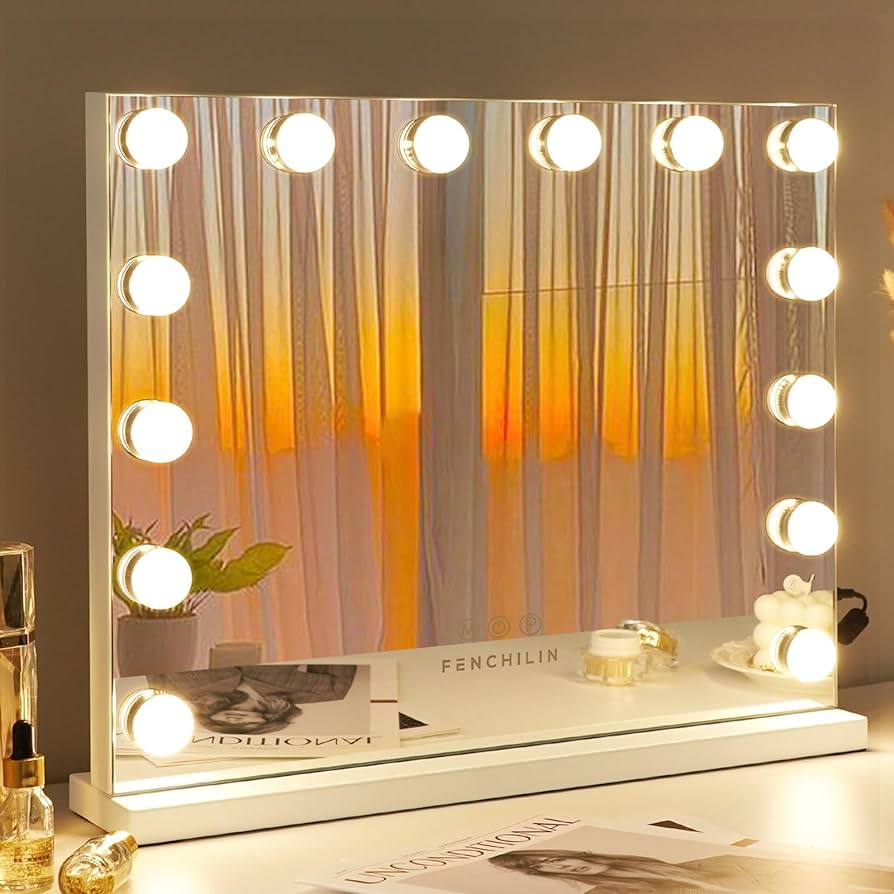
What can I use for mirror backing?
Plywood or MDF:
One of the most common and cost-effective options for mirror backing is plywood or medium-density fiberboard (MDF). These materials offer the following advantages:
a. Durability: Plywood and MDF are sturdy and durable materials, providing ample support to the mirror. They are less prone to warping or bending, ensuring the longevity of the mirror.
b. Moisture Resistance: Plywood with a waterproof or moisture-resistant coating, or moisture-resistant MDF, can withstand high humidity or moisture. This makes them suitable for use in bathrooms or areas with fluctuating humidity levels.
c. Ease of Installation: Plywood or MDF can be easily cut to the desired size and shape for the mirror backing. They can be secured to the frame using screws or adhesive, allowing for straightforward installation.
d. Affordability: Plywood and MDF are generally affordable options compared to other backing materials, making them accessible for various budgets.
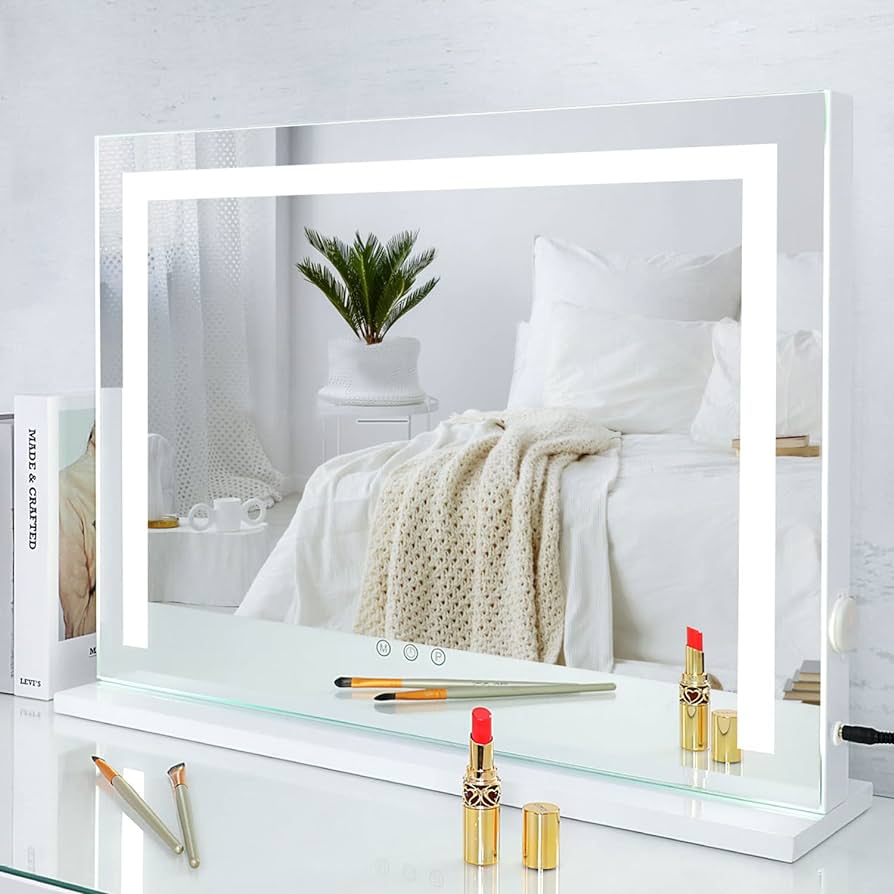
Hardboard:
Hardboard, also known as high-density fiberboard (HDF), is another popular material for mirror backing. It offers several advantages:
a. Smooth Surface: Hardboard has a smooth and uniform surface, providing a clean and professional appearance when used as mirror backing.
b. Dimensional Stability: Hardboard is resistant to warping or bending, ensuring the mirror remains stable over time. It maintains its shape well and provides reliable support.
c. Moisture Resistance: While not as moisture-resistant as plywood or MDF, hardboard can still withstand moderate humidity levels. However, it is important to avoid direct exposure to excessive moisture.
d. Lightweight: Hardboard is relatively lightweight, which can make installation and handling easier, especially for larger mirrors.
Acrylic or Polycarbonate Sheets:
Acrylic and polycarbonate sheets are alternative options for mirror backing, offering distinct qualities:
a. Impact Resistance: Acrylic and polycarbonate sheets are highly impact-resistant compared to traditional backing materials. If the mirror is located in an area prone to accidental impacts or breakage, using these sheets as backing can provide additional safety.
b. UV Protection: Acrylic and polycarbonate sheets can offer UV protection, preventing the reflection from fading or deteriorating due to prolonged exposure to sunlight.
c. Lightweight: Both acrylic and polycarbonate sheets are lightweight materials, allowing for easier handling and installation.
d. Customizable: Acrylic and polycarbonate sheets can be easily cut and shaped to fit the mirror frame. This flexibility makes them suitable for mirrors with non-standard or irregular shapes.
e. Moisture Resistance: Although acrylic and polycarbonate sheets are generally moisture-resistant, it is important to ensure proper sealing and avoid direct exposure to excessive moisture to prevent damage or warping.
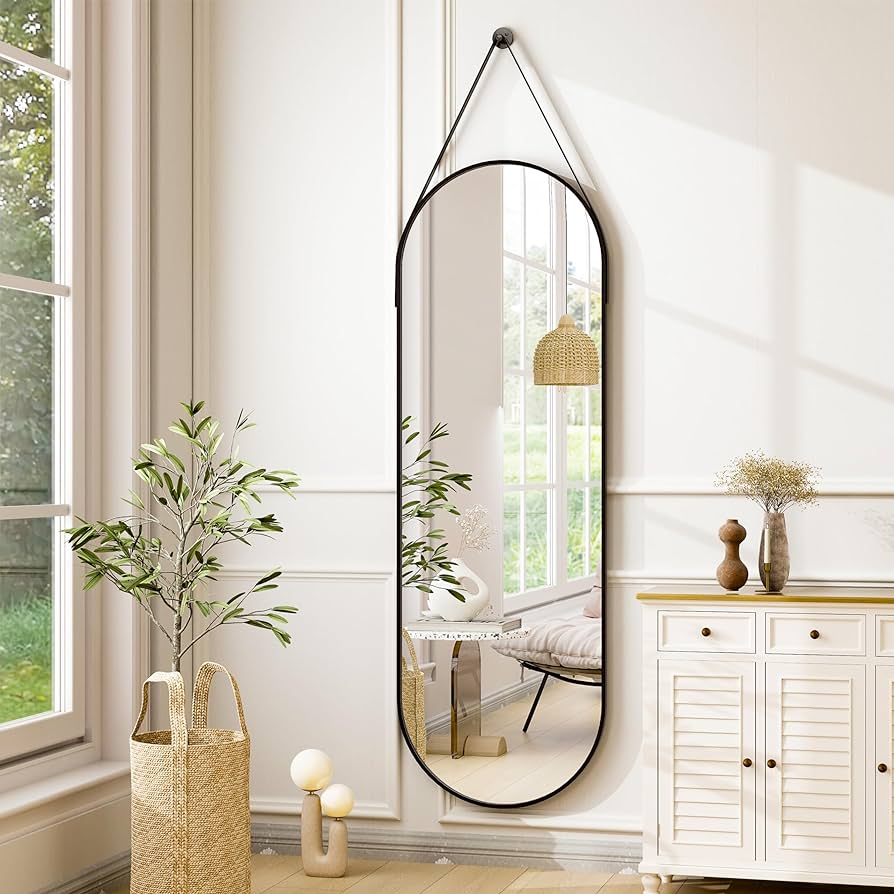
Mirror Film:
Mirror film is a unique option for mirror backing that involves applying a self-adhesive film to the back of the mirror. This film offers the following benefits:
a. Easy Installation: Applying mirror film is a simple and DIY-friendly process. The film is self-adhesive and can be easily measured, cut, and applied to the mirror surface.
b. Cost-Effective: Mirror film is a cost-effective solution compared to other backing materials. It provides a reflective backing while requiring minimal investment.
c. Lightweight: Mirror film adds minimal weight to the mirror, making it suitable for situations where weight is a concern, such as mounting the mirror on a wall.
d. Versatility: Mirror film is compatible with various mirror shapes and sizes, allowing for customization based on individual needs.
However, it is important to note that mirror film may not provide the same level of durability and stability as other backing materials. It is best suited for lightweight mirrors or temporary applications.
Considerations for Mirror Backing Selection:
When choosing a material for mirror backing, consider the following factors:
a. Size and Weight of the Mirror: The size and weight of the mirror may impact the selection of backing materials. Larger or heavier mirrors may require sturdier and more substantial materials for added support and stability.
b. Moisture Exposure: If the mirror is located in a high humidity or moisture-prone area, such as a bathroom, selecting moisture-resistant materials like plywood, MDF, or certain types of acrylic or polycarbonate sheets is advisable.
c. Aesthetic Considerations: Consider the desired aesthetic appeal and compatibility with the mirror frame. Materials like plywood, MDF, or hardboard can be painted or stained to match the frame, while acrylic or polycarbonate sheets offer a sleek and modern appearance.
d. Budget: Different backing materials vary in cost. Consider your budget and select a material that meets both your functional and financial requirements.
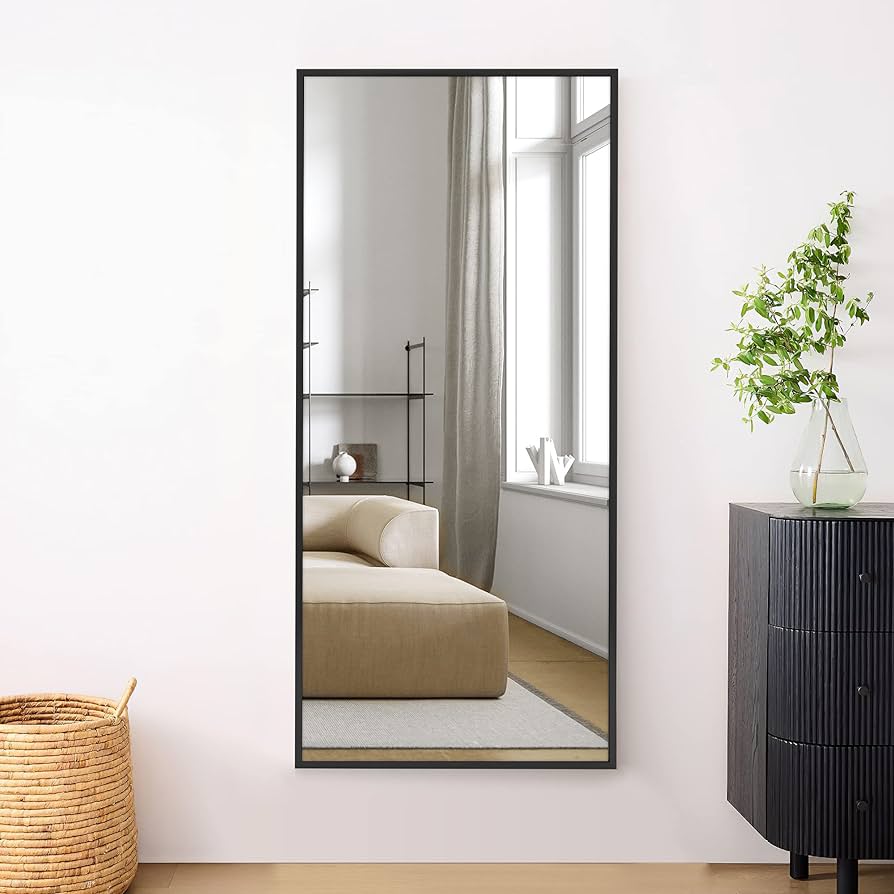
Professional Installation:
For complex or large mirrors, or if you are uncertain about the installation process, seeking professional assistance is recommended. Professional installers have the expertise and tools to accurately measure, cut, and install the mirror backing, ensuring a secure and aesthetically pleasing result.
Installation Considerations:
When installing the chosen material for mirror backing, there are several considerations to keep in mind to ensure a successful installation:
a. Measure Twice: Accurate measurements are crucial for a proper fit. Measure the dimensions of the mirror and the frame precisely to ensure the backing material is cut to the correct size.
b. Cutting the Material: If you are cutting the backing material yourself, use appropriate tools like a circular saw or jigsaw for plywood or hardboard. For acrylic or polycarbonate sheets, use a fine-toothed saw or score and snap method. Take care to follow safety guidelines and wear protective equipment.
c. Securing the Backing: Depending on the material chosen, secure the backing to the mirror frame using appropriate methods. Screws or adhesive can be used for plywood, MDF, or hardboard. Acrylic or polycarbonate sheets can be attached using adhesive or clips specifically designed for these materials. Mirror film can be applied directly to the back of the mirror following the manufacturer’s instructions.
d. Sealing the Edges: To protect the backing material from moisture or damage, seal the edges of the mirror. This can be done using silicone sealant or edge banding, depending on the chosen material.
e. Frame Compatibility: Ensure that the chosen backing material is compatible with the mirror frame. Some materials may require adjustments or modifications to fit properly. Consider the thickness and size of the backing material to ensure it fits within the frame without interfering with the mirror’s appearance or functionality.
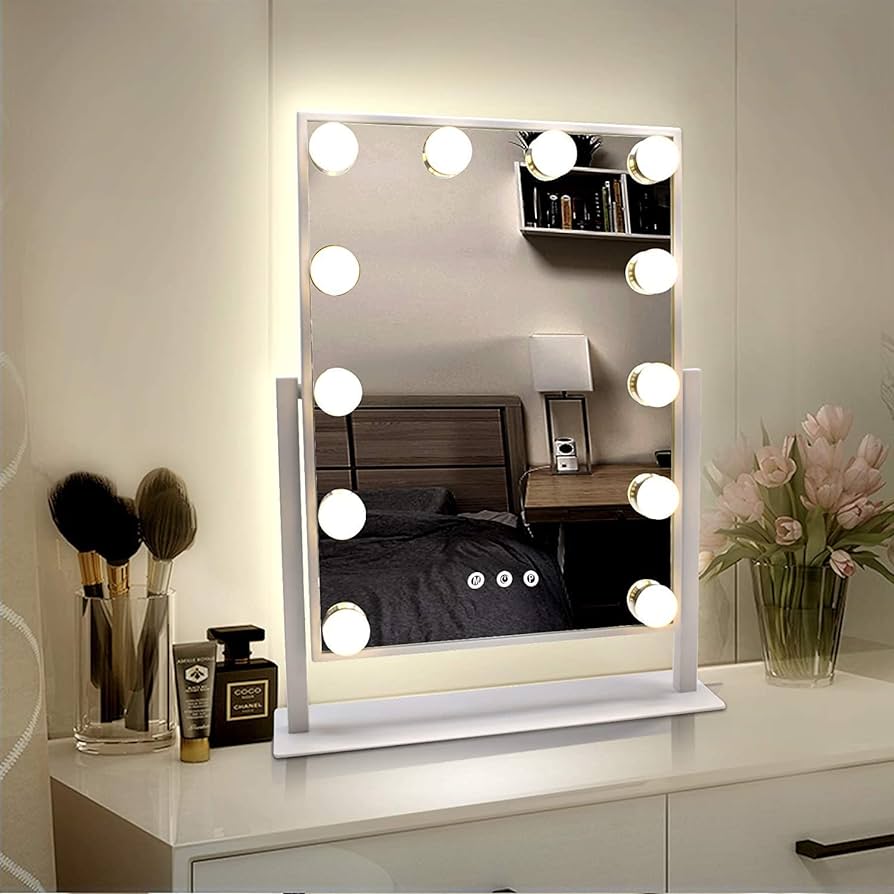
Conclusion:
When selecting a material for mirror backing, consider factors such as durability, moisture resistance, ease of installation, and compatibility with the mirror frame. Options like plywood, MDF, and hardboard provide durability, stability, and affordability. Acrylic or polycarbonate sheets offer impact resistance and UV protection, while mirror film provides a cost-effective and lightweight solution. Assess the size, weight, and location of the mirror, as well as consider budget and aesthetic considerations when choosing a backing material. For complex installations or larger mirrors, professional assistance may be advisable. By carefully selecting the appropriate backing material, you can ensure the structural integrity and enhance the overall appeal of your mirror.
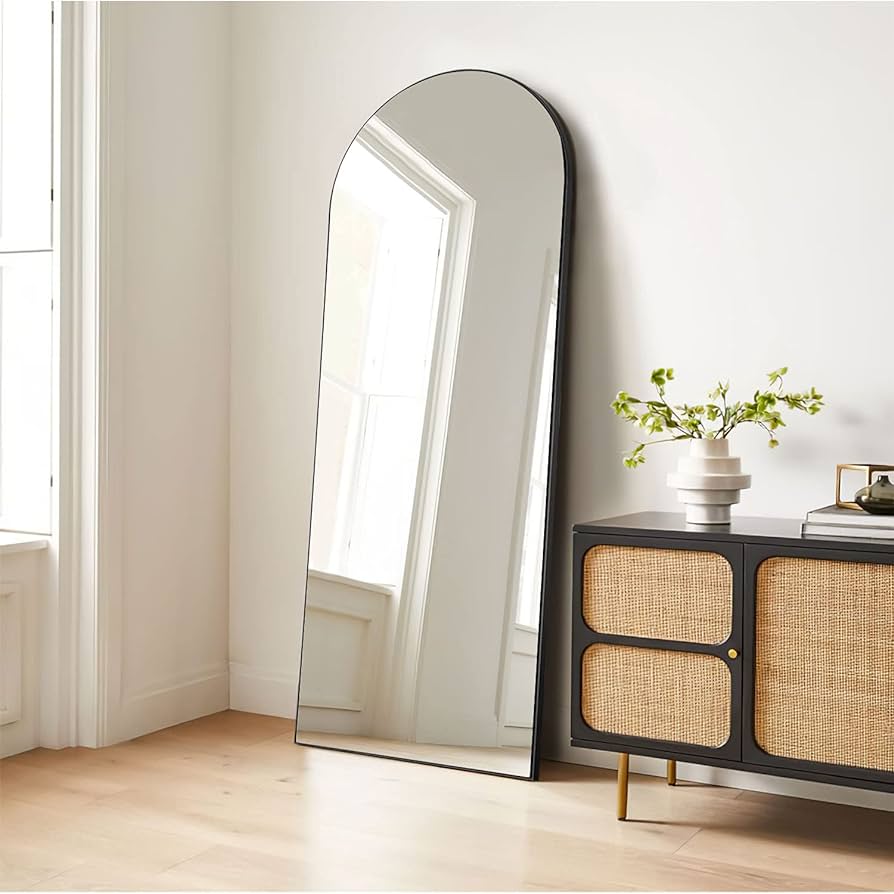
Leave a Reply